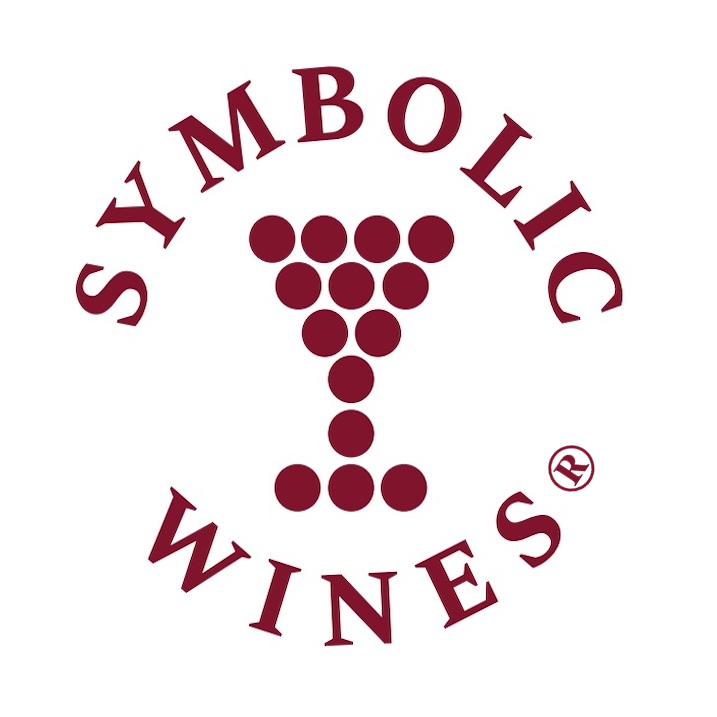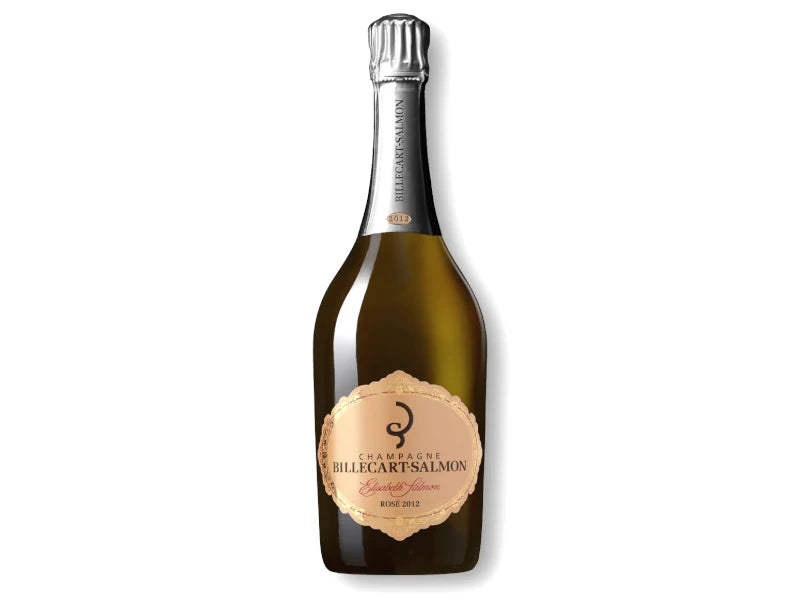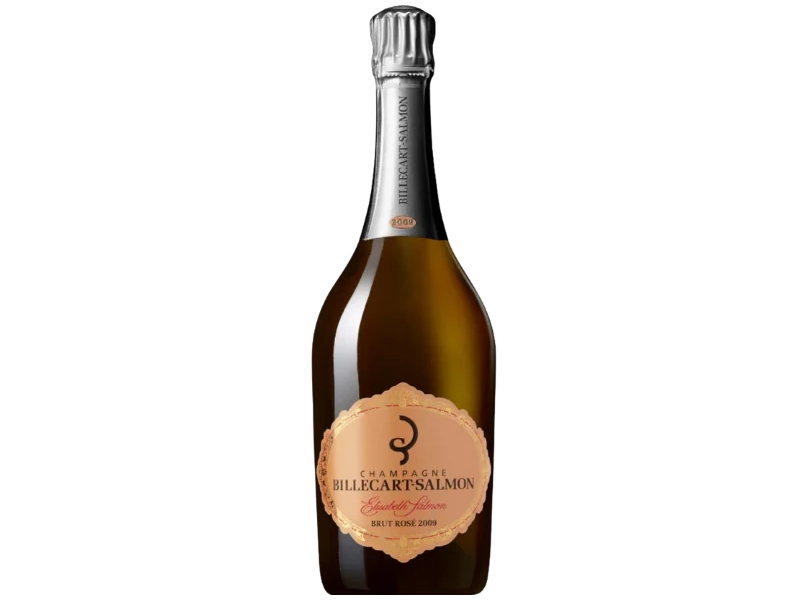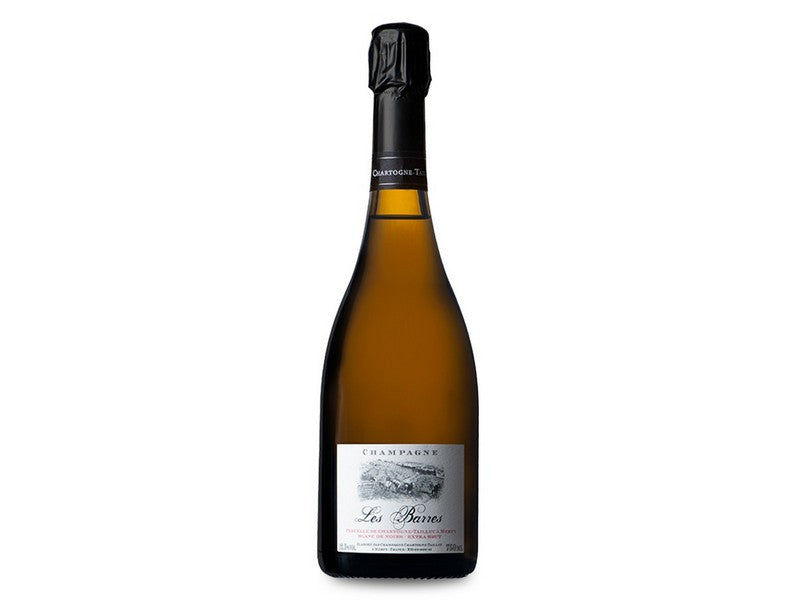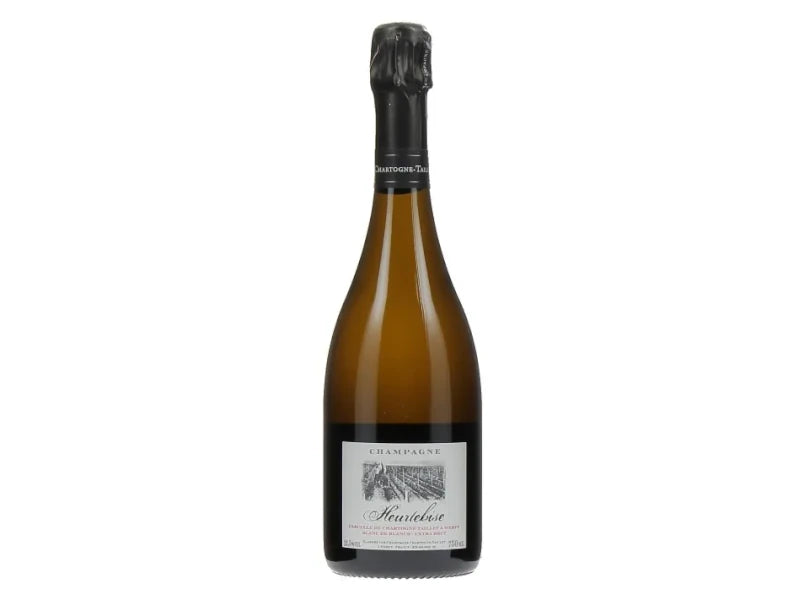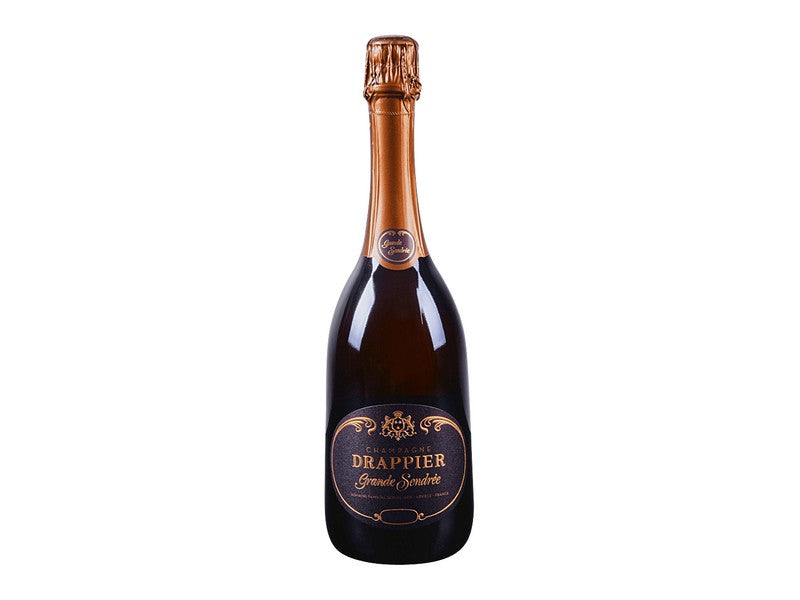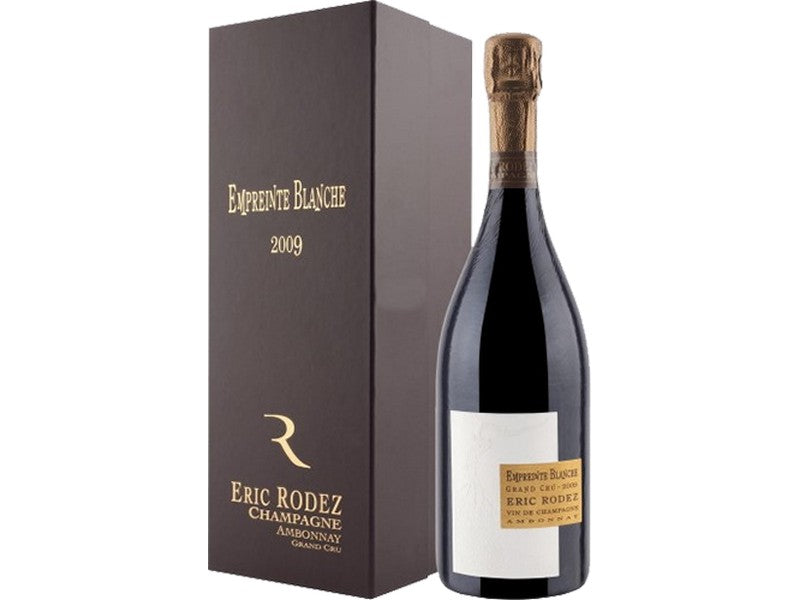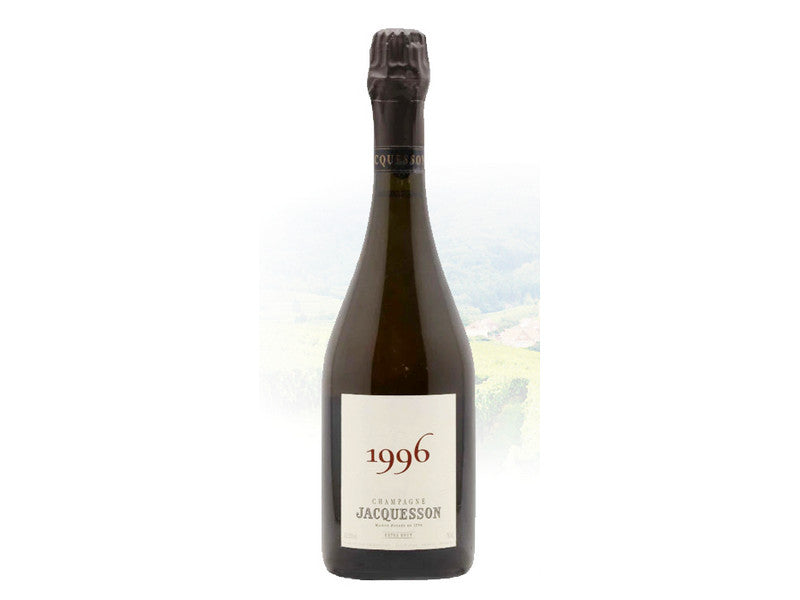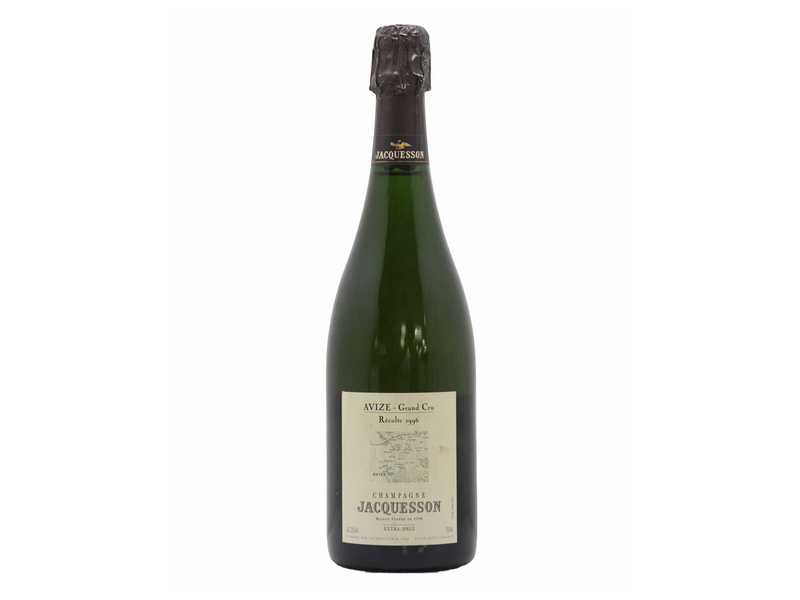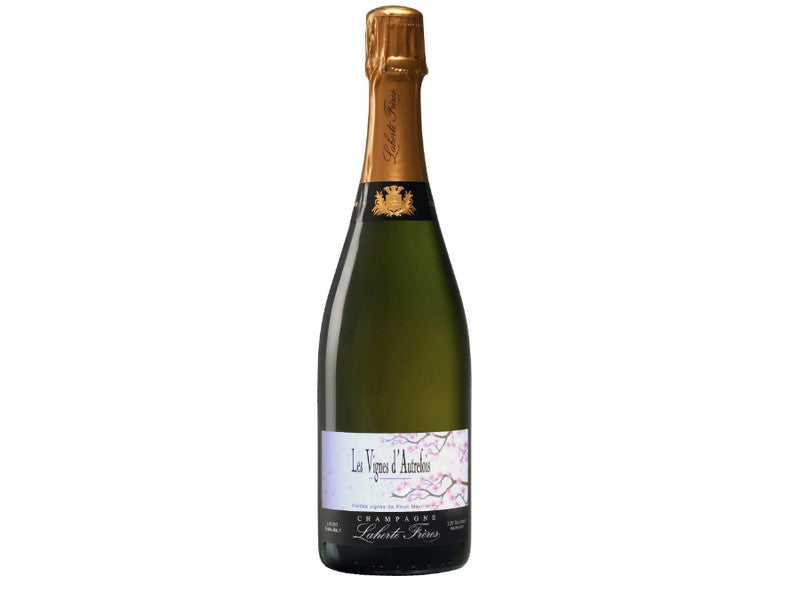
While Bordeaux remains the largest category by trade volume, Champagne has demonstrably performed better against the recent market downturn, showing stronger price resilience and greater scarcity-driven demand in the most recent trading periods of 2025.
Key Performance Metrics: Champagne vs. Bordeaux
The data from the second half of 2024 and the first three quarters of 2025 shows a divergence in market health, with Champagne consistently demonstrating superior price stability.
-
Liv-ex Index Performance: The Champagne 50 Index (tracking the most actively traded prestige cuvées) showed greater resilience during the broad market correction. By August 2025, the Champagne 50 index had flattened its curve and was down only -0.2% in Q3 2025, after a stronger performance in H1. In contrast, the Bordeaux 500 Index (tracking 500 leading Bordeaux wines) was the worst-performing index in the first half of 2025, falling -5.6% year-to-date, though it did stabilize in September.
-
Trade Value vs. Volume: Champagne saw a noticeable decline in trade volume (22% fewer trades year-on-year in Q3 2025) but a smaller decline in total trade value (only 10% lower). This indicates that the average value per transaction was higher, signaling that the market is paying more for the bottles it does trade, particularly for older, top-vintage prestige cuvées.
-
Collector Focus: The trading platforms report that top Grande Marques—specifically Dom Pérignon, Cristal, Krug, and Salon—have dominated trading activity, accounting for about one-third of all investment-grade wine trades over the last three years. This concentration of demand reflects a flight to blue-chip brands with global recognition and finite supply.
Bordeaux's market has been constrained by a persistent stock overhang from underperforming En Primeur campaigns, which has led to significant discounts on many newer vintages. Champagne, due to smaller overall production and a more stable release pricing strategy for its prestige bottles, has largely avoided this price pressure.
Why Collectors Should Care
-
Diversification & Low Volatility: Champagne offers a statistically more defensive investment profile, having proved more resistant to the broad market downturn than most Bordeaux indices.
-
Immediate Drink-Readiness: Many of the actively traded prestige Champagne vintages (e.g., 2008, 1996) are considered at or near their peak, catering to the collector trend favoring mature, ready-to-drink assets over speculative futures.
-
Scarcity Premium: The extremely limited production of top Champagne houses, especially single-vineyard growers and late-disgorged cuvées, drives a higher scarcity premium in auction and secondary markets compared to the larger production volumes of most First Growth Bordeaux estates.
Source: ShareWine Trends Q3 2025, 2025-10-09
Corroborating Sources: TradingGrapes (2025-10-27), The Drinks Business (2025-10-07)
